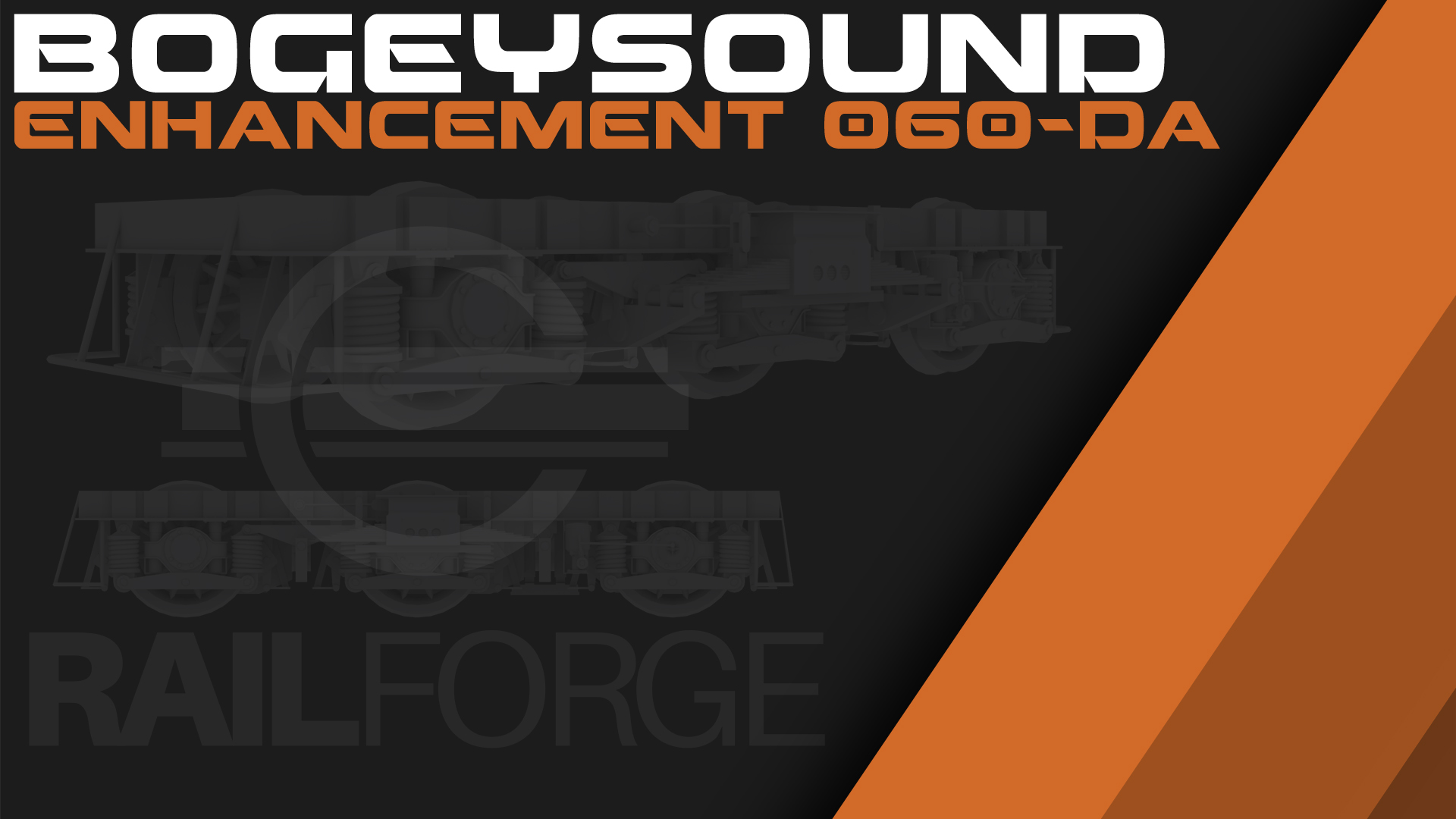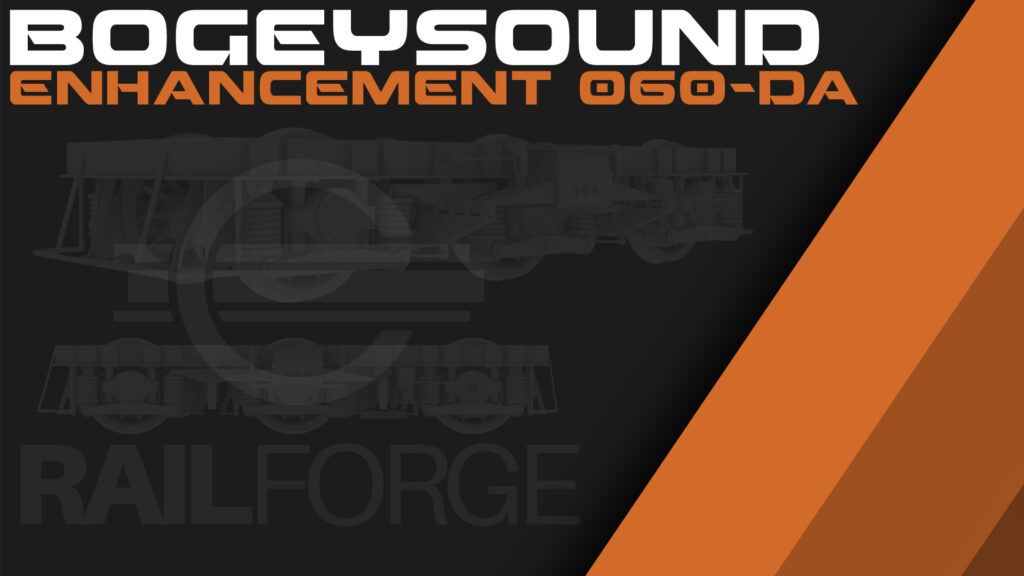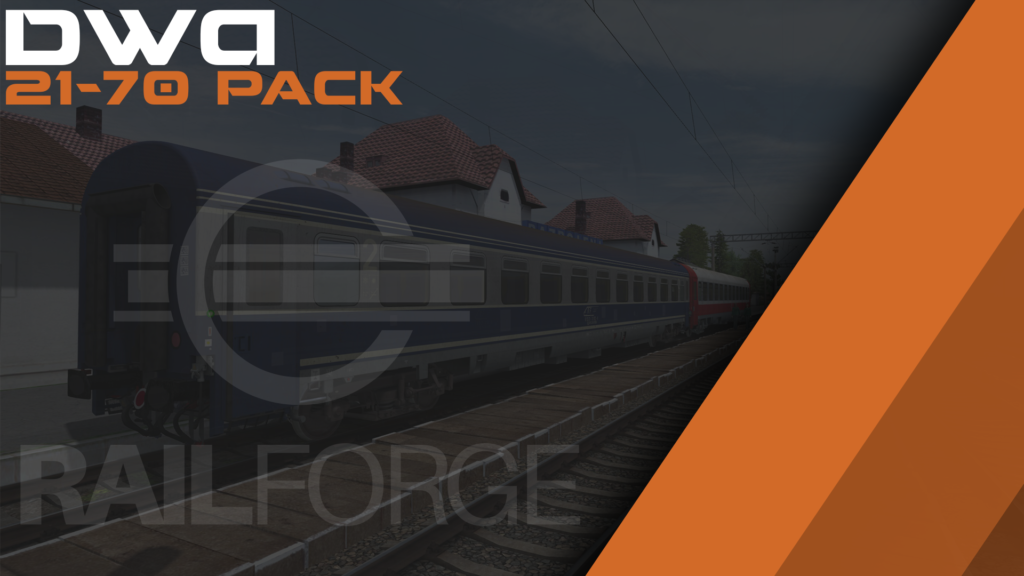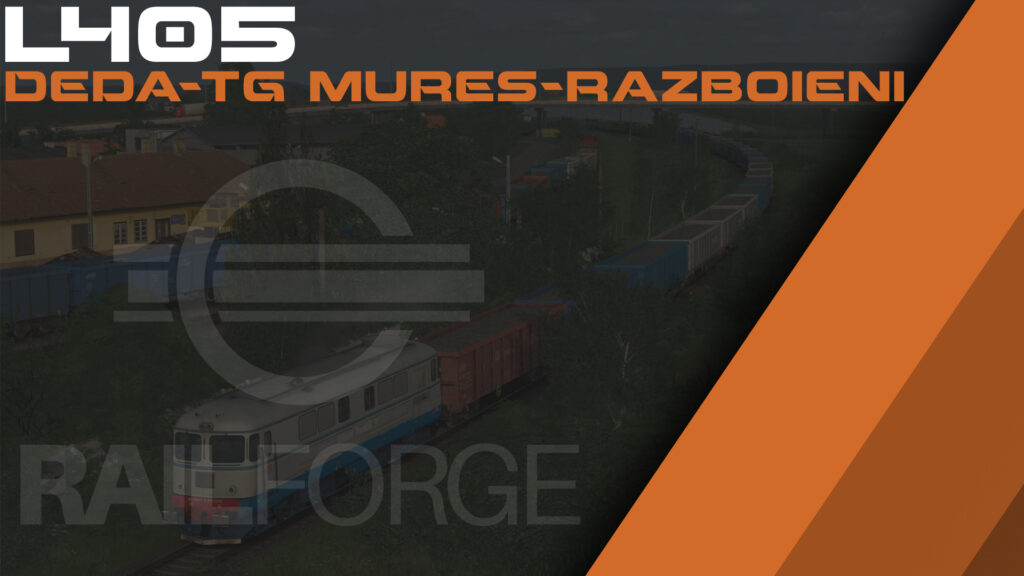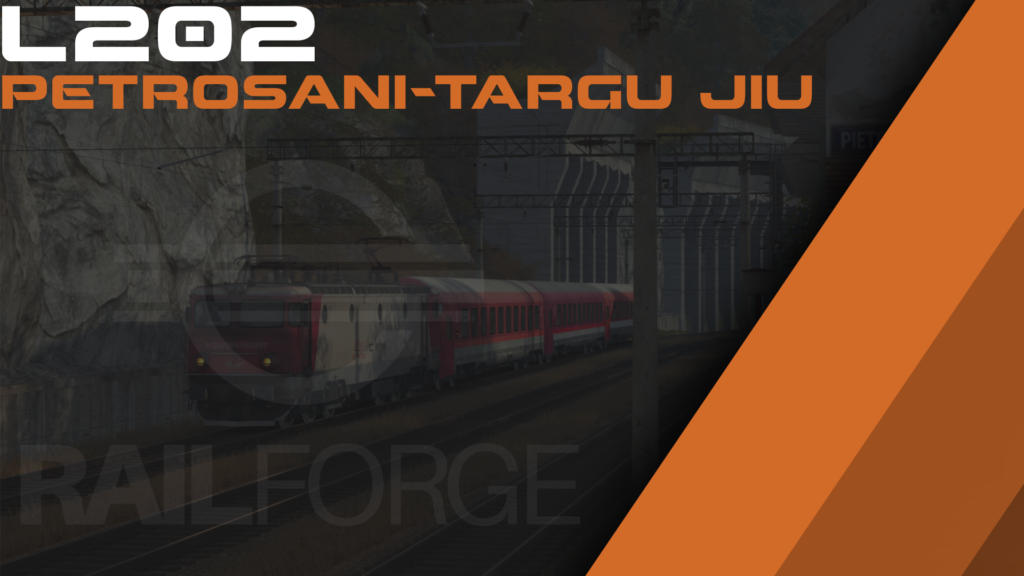M500 Bacau-Roman

Line 500 is one of Romanian railways main lines, having a total length of 488 km (303 mi). The main line, connecting Bucharest with the Ukrainian border near Cernauti, passes through the important cities of Ploiesti, Buzau, Focsani, Marasesti, Adjud, Bacau, Roman, Pascani, and Suceava.
After 1960, when important works of doubling, electrification and equipping with BLA of Magistral 500 were carried out (in the years 1972-1975 the doubling of Magistral 500 between Adjud and Suceava Nord is executed, and in the years 1978-1980 the electrification and equipping with BLA, from Ploiesti South to Suceava North, is completed).
The Bacau – Roman railway is double-track and fully electrified. It cuts through 3 villages (Dumbrava; Filipesti; Secuienii Noi) and crosses 2 big rivers (Bistrita; Moldova).
Built between 1871 and 1872, the Bacau station was privately operated until 1 January 1880, when the line and the station were bought back by the Romanian state and then transferred to the administration of the Princely Directorate of CFR.
The original Bacau station building was a simple, modest, economically built construction. The need to demolish the old station and build a new one on the same site was motivated, on the one hand, by the weakening of the resistance structure (age, earthquakes in 1940 and 1977, two world wars) and, on the other hand, by the industrial-economic development of the area which overloaded the station’s capacity, in the context in which Bacau had become the county capital. The secondary Bacau-Piatra Neamt-Bicaz line L509, branches off the 500 main line at Bacau.
Roman railway station is a station of the 500 railway main line connecting Bucharest to the Ukrainian border, Vicsani. Historically, Roman station was built to serve the Bucharest-Galati-Roman and Suceava-Roman railways. The secondary Roman-Buhaiesti main line branches off from the 500 main line at Roman.




